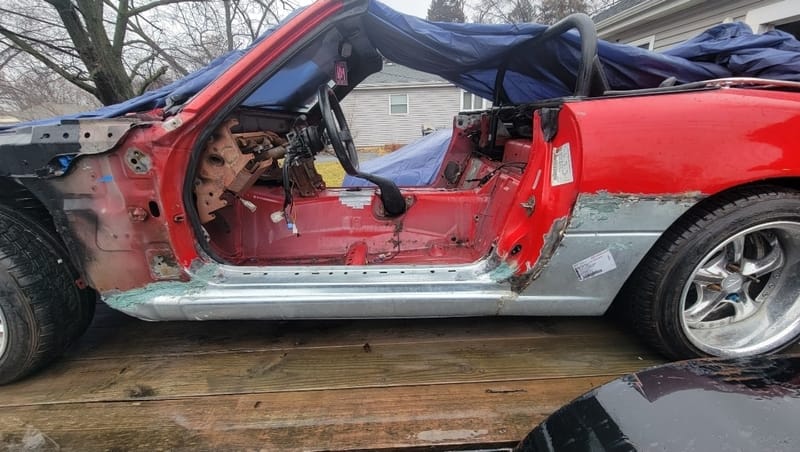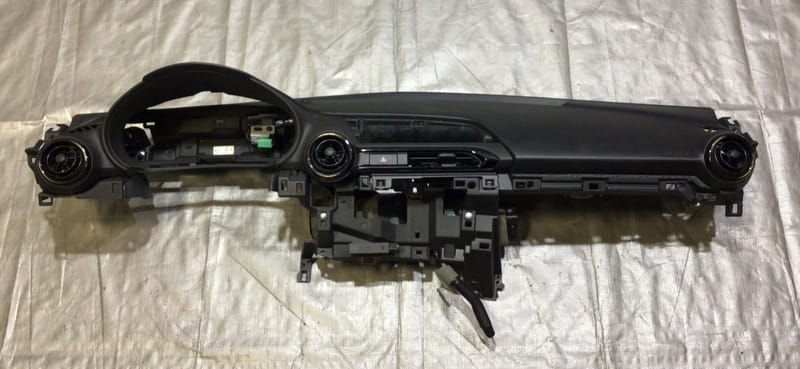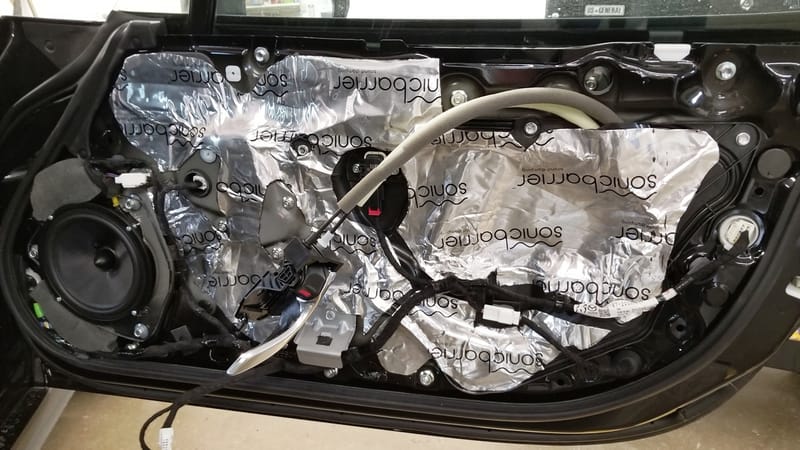How to Winterize Your Miata: Essential Tips for Winter Storage and Maintenance
Winter can be tough on any car, but for Miata owners, the season poses some unique challenges. Freezing temperatures, salted roads, high moisture levels, and potential rodent damage can wreak havoc on a Miata’s mechanics and exterior. Without proper winterization, your car’s body, fuel system, and e
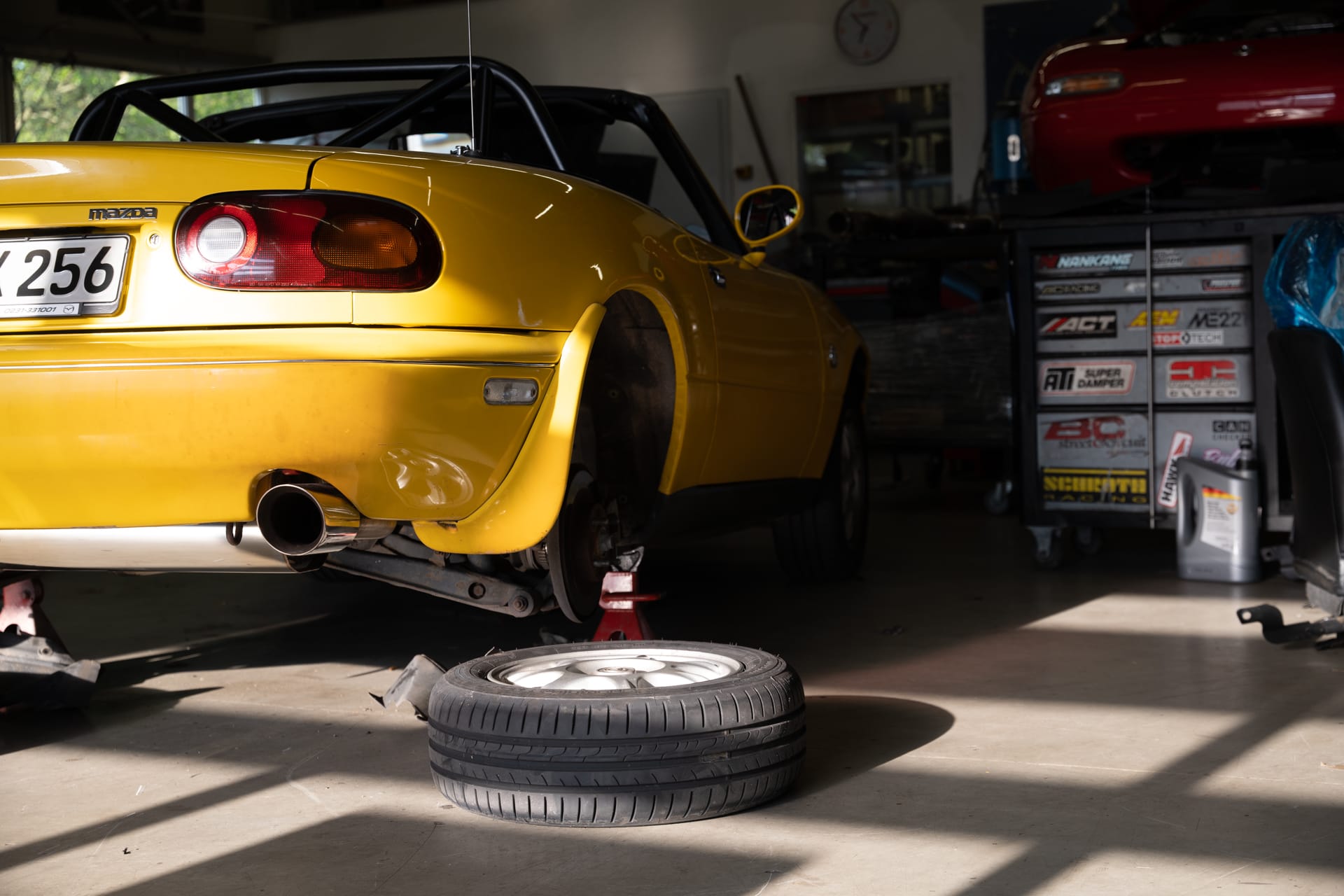
Winter can be tough on any car, but for Miata owners, the season poses some unique challenges. Freezing temperatures, salted roads, high moisture levels, and potential rodent damage can wreak havoc on a Miata’s mechanics and exterior. Without proper winterization, your car’s body, fuel system, and engine could suffer lasting damage. Preparing your Miata for winter, whether you plan to store it or modify it for cold-weather driving, ensures it’ll be in top condition when the warm weather returns. Following the right steps for winter storage will keep your Miata safe, well-maintained, and ready for those spring drives.
Step 1: Choosing the Right Storage Location
Indoor Storage (Ideal Choice)
Indoor storage is the best choice for protecting your Miata from the elements. Parking it in an enclosed space like a garage or storage unit shields the car from snow, ice, and sudden temperature changes. Keeping the Miata indoors reduces its exposure to moisture, which can prevent rust and electrical issues. Enclosed storage is the best way to preserve your Miata’s condition and protect it from the harsher aspects of winter weather.
Outdoor Storage Tips
If indoor storage isn’t an option, an outdoor location requires a high-quality, weatherproof car cover. Choose one that’s both breathable and water-resistant, with multiple layers for insulation. This will help protect your Miata from rain, snow, and debris while reducing condensation buildup under the cover. It’s also wise to add rodent deterrents to your outdoor storage setup to prevent small animals from nesting under the hood or in the cabin, where they can chew on wires and insulation.

Step 2: Final Drive and Fuel Stabilization
Last Drive of the Season
Before storing your Miata, take it for a final drive. This isn’t just for fun, it’s important for engine health. Warming up the engine and circulating fluids helps evaporate any moisture in the exhaust and engine components, reducing the chance of internal corrosion. This last drive is an essential part of preparing the Miata for an extended period of inactivity.
Fuel Stabilizer Application
Add a fuel stabilizer to the tank before winter storage. Over time, gasoline can degrade, leading to moisture absorption that can clog fuel lines and injectors. A stabilizer helps prevent fuel degradation and protects your car’s fuel system from potential damage.

Filling Up the Tank
Once you’ve added the stabilizer, fill up the gas tank to reduce the amount of air inside. Less air means less condensation, which decreases the chance of rust forming inside the tank. Keeping the tank full during storage is a simple but crucial step for long-term maintenance.
Step 3: Comprehensive Cleaning and Waxing
Thoroughly wash your Miata to remove dirt, salt, and other contaminants from the paint and undercarriage. Road salt is particularly harsh on a car’s exterior and can cause rust if not removed. Cleaning the car is essential whether you’re storing it indoors or out, as dirt left on the surface can scratch the paint if it rubs against the cover.
After washing, apply a high-quality wax. Wax provides a protective barrier against moisture and salt, which can damage the paint over time. A wax layer is especially beneficial for outdoor storage, but it’s also a good precaution for indoor storage.
A clean interior is also vital to avoid issues like mold and unpleasant odors. Vacuum the seats and carpets, wipe down surfaces, and remove any food crumbs to avoid attracting rodents or creating moisture buildup. This will ensure that the interior remains fresh and free from dust or mold.
Step 4: Protecting Against Tire Flat Spots
Increasing Tire Pressure
For winter storage, inflate your tires to the maximum PSI recommended by the manufacturer. This extra pressure helps the tires retain their shape, reducing the risk of flat spots, which can develop when a vehicle sits in one position for long periods.
Using Jack Stands or Foam Ramps
For extended storage, consider placing the car on jack stands or foam ramps. Jack stands completely lift the tires off the ground, removing pressure, while foam ramps distribute weight more evenly across the tires. Both options can prevent flat spots, which are especially common if the car remains stationary for months.

Step 5: Battery Maintenance for Extended Storage
A battery tender is an excellent choice for keeping the battery charged without overcharging. By maintaining a consistent trickle charge, it prevents the battery from losing power or freezing in cold weather, extending the battery’s lifespan and keeping it ready to go when you need it.
If using a battery tender isn’t possible, disconnecting the battery is a viable alternative. Stored indoors in a cool, dry location, a disconnected battery holds its charge longer. It’s wise to check its charge level periodically to ensure it’s in good shape come spring.
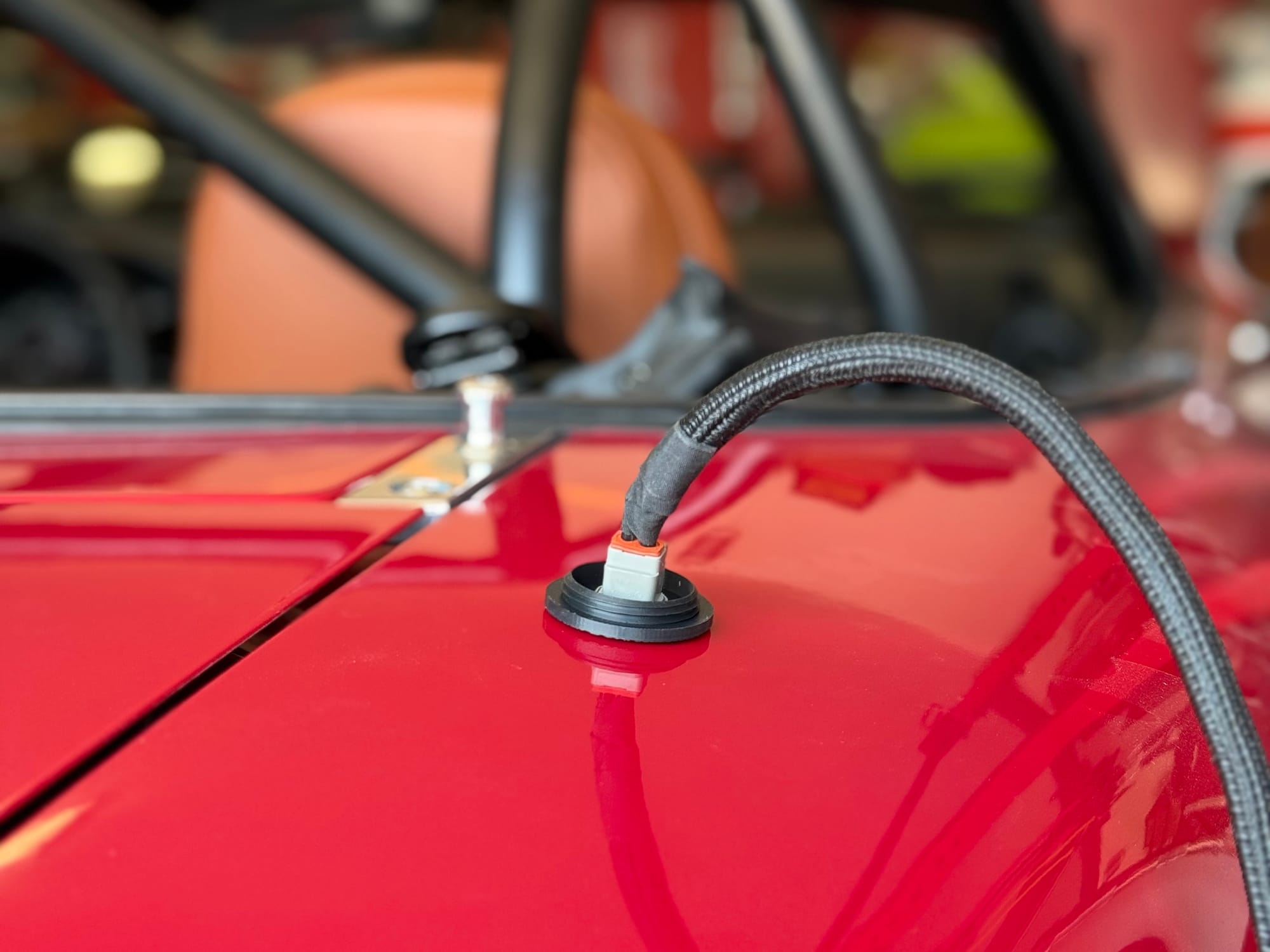
Step 6: Engine Oil and Coolant Preparation
Performing an Oil Change
Old engine oil contains contaminants that can corrode internal parts if left sitting. Perform an oil change before storage, and briefly run the engine to circulate fresh oil throughout the system. This minimizes the risk of internal corrosion while the car is in storage.
Checking Coolant and Antifreeze Levels
In cold climates, make sure the coolant is rated for low temperatures. A 50/50 antifreeze mix offers essential protection against freezing and corrosion, which helps maintain the cooling system and prevent cracks in engine components.
Step 7: Interior and Seal Protection
Protecting the interior upholstery with breathable seat covers keeps dust from settling into hard-to-reach areas. This also makes for easier cleanup when it’s time to get back on the road.
Conditioning Rubber Seals
Cold weather can dry out rubber, making seals prone to cracking. Apply a rubber conditioner to the seals on your Miata’s doors, windows, and other areas. This keeps them flexible and prevents leaks that could occur as temperatures fluctuate. To discourage rodents, place dryer sheets or similar repellents inside the cabin and engine bay. This small step helps prevent rodents from damaging wiring, insulation, or other components, which can be costly to repair.
Step 8: Rust Prevention for the Underbody
Before storage, give the undercarriage a thorough cleaning. Salt and road grime can lead to corrosion if left over winter. By removing these contaminants, you help protect the metal parts under your Miata from rust.
Applying a Rust Inhibitor
If you live in a region with heavy snow or rain, applying a rust inhibitor to the underbody is wise. These sprays create a protective coating on suspension components and the undercarriage, providing added protection against corrosion.

Step 9: Blocking Off Exhaust and Intake
Exhaust Protection
Plugging the exhaust with steel wool or an exhaust plug is an easy way to keep rodents out. Steel wool is safe and effective as it’s easy to remove and discourages nesting.
Air Intake Blockage
Similarly, blocking the air intake with steel wool prevents rodents from entering through the intake. Removing these plugs in the spring will help ensure a smooth start-up.
Step 10: Emergency Kit for Winter Driving
Essential Items
For occasional winter driving, put together a basic emergency kit. Include items like a flashlight, reflective blanket, road flares, a portable shovel, and a tool kit. These essentials can be lifesavers in case of a breakdown or other roadside issues.
Tire Chains or Traction Aids
If you’re driving on snowy or icy roads, traction aids or tire chains can be invaluable. These offer the extra grip needed for safe winter driving in tough conditions.

Step 11: Desiccants to Control Moisture
To avoid moisture buildup in your car’s interior, place desiccant packets under the seats, in the trunk, and on the floor. Silica gel works well, but you can also use alternatives like baking soda or charcoal.
Moisture Control in Trunk and Cabin
Placing desiccants strategically helps absorb any excess moisture, preventing mildew and musty odors. Moisture control keeps your Miata’s interior fresh and dry during storage.
Step 12: Prepping for Spring Return
When spring comes, go through a final checklist before hitting the road. Remove intake and exhaust plugs, reconnect the battery or remove the battery tender, check tire pressure, and inspect the car thoroughly. This last check will help ensure a smooth transition from winter storage to those long-awaited spring drives.
Winterizing your Miata preserves its performance, aesthetics, and longevity, making these steps well worth the time. From securing proper storage to taking preventive measures against rust and rodents, these preparations will protect your Miata throughout the winter. When spring finally arrives, you’ll have the peace of mind knowing your car is in excellent shape and ready to hit the road again.

